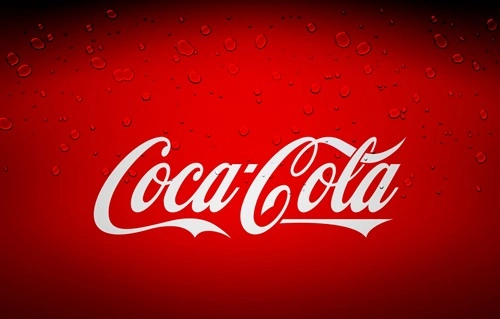The Coca-Cola Company remains a dominant force in the global beverage industry. A comprehensive SWOT analysis—assessing Strengths, Weaknesses, Opportunities, and Threats—provides insight into the company’s current position and future prospects.
Strengths
1. Robust Financial Performance: In the third quarter of 2024, Coca-Cola reported net revenues of $11.9 billion, surpassing Wall Street’s expectations of $11.6 billion. This performance was bolstered by a 10% increase in price/mix, demonstrating the company’s ability to maintain revenue streams despite a 1% decline in unit case volumes.
2. Strong Brand Portfolio: Coca-Cola’s diverse beverage offerings, including sparkling soft drinks, juices, dairy, and plant-based beverages, cater to a wide range of consumer preferences. Notably, Coca-Cola Zero Sugar experienced an 11% increase in sales, reflecting the company’s successful adaptation to health-conscious consumer trends.
3. Global Market Presence: Operating in over 200 countries and territories, Coca-Cola’s extensive distribution network ensures a significant global footprint. This widespread presence enables the company to leverage economies of scale and maintain a competitive edge in various markets.

Weaknesses
1. Declining Unit Case Volumes: Despite revenue growth, Coca-Cola experienced a 1% decline in unit case volumes in the third quarter of 2024. This decrease indicates potential challenges in consumer demand across certain product categories and regions.
2. Revised Environmental Goals: In December 2024, Coca-Cola announced adjustments to its sustainability targets, reducing its goal for using recycled materials in packaging to 35-40% by 2035, down from the previous target of 50% by 2030. Additionally, the company’s objective to collect and recycle bottles and cans was downgraded to 70-75% by 2035, from an earlier goal of one-for-one collection by 2030. These changes have attracted criticism from environmental groups, potentially impacting the company’s reputation.
3. Exposure to Currency Fluctuations: As a global entity, Coca-Cola’s financial performance is susceptible to currency exchange rate volatility. In the third quarter of 2024, the company faced significant currency headwinds, which affected earnings per share and operating income.
Opportunities
1. Expansion in Non-Carbonated Beverages: The growing consumer preference for healthier beverage options presents an opportunity for Coca-Cola to expand its portfolio in the non-carbonated segment, including water, sports drinks, and plant-based beverages. Innovations in these categories can capture new market share and drive growth.
2. Digital Transformation and E-commerce: The increasing shift towards online shopping and digital engagement offers Coca-Cola the chance to enhance its e-commerce platforms and digital marketing strategies. Leveraging data analytics can provide personalized consumer experiences and optimize supply chain efficiencies.
3. Sustainability Initiatives: Despite recent criticisms, Coca-Cola’s commitment to evolving its environmental goals, such as improving water security and reducing packaging waste, aligns with global sustainability trends. Strengthening these initiatives can improve brand perception and meet regulatory expectations.
Threats
1. Intensifying Competition: The beverage industry is highly competitive, with numerous players vying for market share. Coca-Cola faces challenges from both established brands and new entrants offering innovative products, necessitating continuous adaptation and differentiation.
2. Regulatory Challenges: Increasing regulations related to health standards, environmental practices, and taxation can impact Coca-Cola’s operations. For instance, sugar taxes in various countries affect the pricing and consumption of sugary beverages, requiring the company to reformulate products and adjust strategies.
3. Supply Chain Disruptions: Global events, such as pandemics, geopolitical tensions, or natural disasters, can disrupt supply chains, affecting the availability of raw materials and distribution channels. Coca-Cola must develop resilient supply chain strategies to mitigate these risks.
Conclusion
In 2025, The Coca-Cola Company continues to demonstrate resilience and adaptability in a dynamic global market. While the company benefits from a strong brand portfolio and extensive market presence, challenges such as declining unit case volumes and revised environmental goals necessitate strategic attention. By capitalizing on opportunities in non-carbonated beverages, digital transformation, and sustainability, Coca-Cola can navigate competitive pressures and regulatory challenges to sustain its industry leadership.














